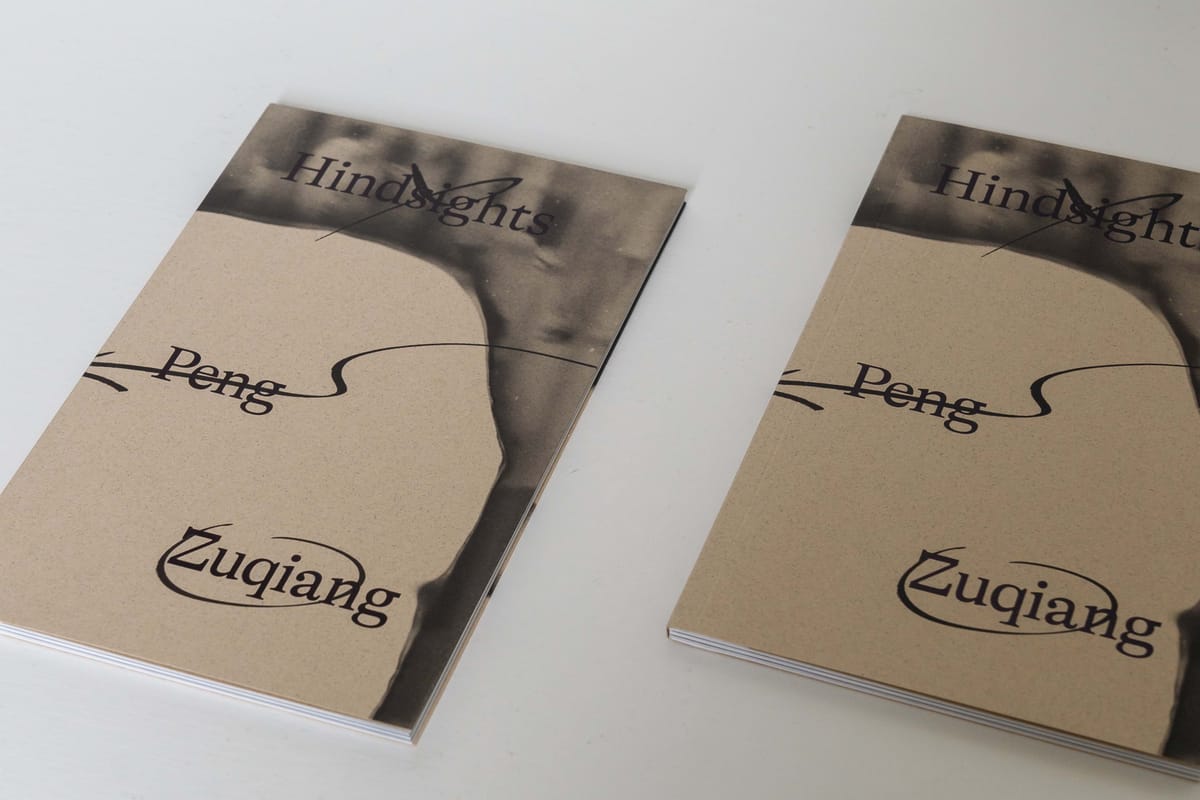
This short interview series traces given lines of thought by artists, marks the trajectories of their practice, and models the physical and ideological space of the contemporary art world across a finite dimension.
What recent exhibition did you see that made a strong impression on you and why?
I find myself returning to the impressions left by Apichatpong Weerasethakul’s A Conversation with the Sun, extended edition – a VR performance at Centre Pompidou last year. It was a powerful presentation that moved between installation space, VR environment, and cinema room, where the audience also shifted between watching, moving, and being “blinded” by VR. It played with the expectation and anxiety of not knowing – of sharing a space but not a vision with other bodies.
It reminded me again how much simple juxtaposition can do: placing resonant moments of demonstrations alongside quotidian images of daily life; using a minimal structure, single phrases, and moving melodies. I remember being almost paralyzed in the extended space of the cinema, watching images of sleep. One is left with the feeling of being not only in dreams, but in a strong sense of entanglement with others.
What are you working on right now and where will you present your work next?
I am finishing a new three-channel moving image installation titled Afternoon Hearsay. The work departs from research on the history of 8.75mm film – a celluloid format unique to China and never circulated elsewhere. It was a film format for which no camera was ever made. This print film stock was primarily used for mobile projection units to exhibit films in the countryside, mountains, islands and ethnic minority regions in China from the 1960s to the 1980s.
'What is a film without a camera?’, a question that emerged from the research, was responded to through the use of cameraless filmmaking techniques such as photographing 8.75mm archival prints onto 16mm and 35mm color negative print stock. Creating images of film strips that move, burn, and tear in the chromatic space. The fleeting images of found films intersect with the super 8 camera footage that I shot, weaving together fragmented stories of an audience, a film factory and camera inventors.
Through photochemical abstraction, the images and sounds of resilience are folded into the tales of the cinematic invention – reimagining the hearsay of a projection medium, as a site of memories that resist political amnesia and erasures of bodies. The work will be shown at The Common Guild in Glasgow in October and also at Rockbound Art Museum in Shanghai in early November, both in the context of solo exhibitions.
What are the biggest challenges in sustaining your practice?
Amid ongoing genocide and state-led violence, can we continue in the contemporary art industry in the same old way? Learning from protests and boycotts, many of us are also exchanging experiences of the uneven treatment we face from those who hold power in our immediate working spheres, and reflecting critically on these encounters: How do we challenge institutions and resources that speak and act in divergent – sometimes contradictory – ways? How do artists and art workers carry one another, resisting collectively the hierarchical relations and exploitative ethics we so often critique in other industries, yet too often tolerate within our own?
